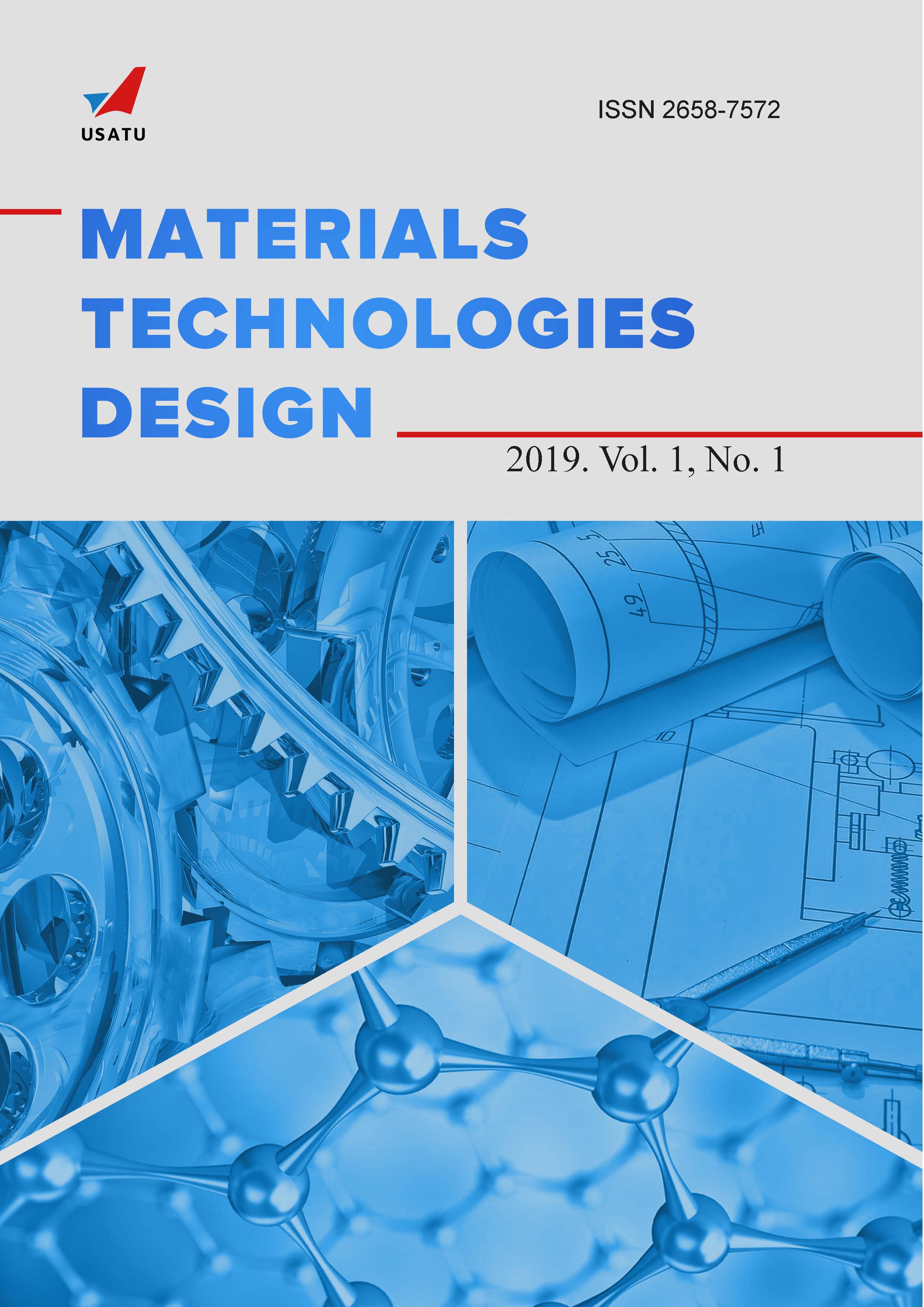Plasma electrolytic treatments for advanced surface finishing technologies
Ключевые слова:
Plasma electrolytic treatments; plasma electrolytic oxidation; electrolytic plasma polishing; titanium; stainless steel.Аннотация
Classification of plasma electrolytic treatments (PET) is summarized with indication of main factors affecting the process mechanism. Two distinct features defining two major PET trends are identified as formation of oxide layer on valve metals and appearance of vapor gaseous envelope on non-valve metals. These elements appear to have the highest electrical resistance in the circuit; therefore, their properties define the process flow. Brief description of the majority of known plasma electrolytic treatments is given. Current challenges and advances in the process development include using advantages of the both trends, e.g. polishing of valve metals and oxidation of non-valve metals. The process of electrolytic plasma polishing for medical implants and surgical instruments is closely analyzed. Insights on further technology development are proposed. These challenges include polishing of valve metals (Ti implants), inner surfaces (canulated screws) and afterpolishing for additive manufacturing. The challenges can be resolved by using fluoride electrolytes, polishing head tool and in combination with grinding, respectively.Загрузки
Опубликован
Как цитировать
Парфенов E. V., Мукаева V. R., & Фарракхов R. G. Plasma electrolytic treatments for advanced surface finishing technologies. Materials. Technologies. Design, 1(1), 34–41. извлечено от http://journal.ugatu.su/index.php/mtd/article/view/1843
Выпуск
Раздел
Статьи

